Introduction to the Bently Nevada 3500/15 Power Supply Module The Bently Nevada 3500/15 AC Power Supply Module (127610-01) is a critical component in the 3500 Series Machinery Protection System, ensuring stable and uninterrupted power for industrial monitoring applications. Designed as a half-height module, it fits into designated slots on the left side of the rack, providing flexibility in configuration. Whether used in AC or DC setups, the 3500/15 module delivers reliable performance, converting a wide range of input voltages into stable power for other 3500 system components. Its redundant power supply capability ensures continuous operation, even if one module fails or is removed for maintenance. Key Features of the 3500/15 Power Supply Module The Bently Nevada 3500/15 offers several advanced features that enhance system reliability: Dual Power Supply Support – A rack can house one or two power supplies (AC or DC), with the lower slot acting as the primary and the upper as backup. Hot-Swappable Design – Removing or inserting a module does not disrupt operations if a backup supply is installed. Wide Input Voltage Range – Compatible with various AC and DC input voltages, ensuring adaptability in different industrial environments. Universal Compatibility – Works seamlessly with other 3500 monitoring modules, including vibration, temperature, and speed sensors. Installation and Configuration Guidelines Proper installation ensures optimal performance: Slot Placement – The 3500/15 must be installed in the left-side slots of the rack. Primary & Backup Roles – The lower slot is the primary power source, while the upper slot serves as backup. Redundancy Advantage – A second power supply ensures zero downtime during maintenance or failures. Available Power Supply Options The 3500 Series supports multiple power supply variants: Universal AC Power Supply – Ideal for standard industrial power sources. High Voltage DC Power Supply – Suitable for environments with higher DC voltage requirements. Low Voltage DC Power Supply – Designed for low-voltage DC applications. Each variant ensures stable and clean power delivery, protecting sensitive monitoring equipment from voltage fluctuations. Benefits of Using the 3500/15 Power Supply Module Enhanced System Reliability – Redundant power prevents unexpected shutdowns. Easy Maintenance – Hot-swappable design allows for quick replacements. Versatile Power Options – Supports both AC and DC inputs for flexible deployment. Seamless Integration – Fully compatible with Bently Nevada 3500 monitoring systems Conclusion The Bently Nevada 3500/15 AC Power Supply Module (127610-01) is a robust and dependable solution for industrial machinery protection systems. Its dual power supply support, hot-swappable design, and wide voltage compatibility make it an essential component for ensuring continuous and stable operation in critical environments. For industries relying on predictive maintenance and real-time monitoring, the ...
Read More
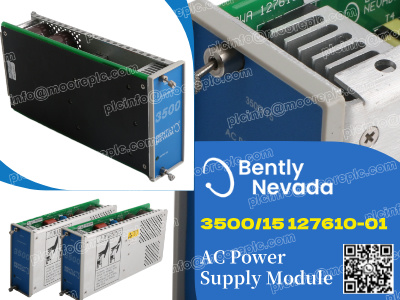
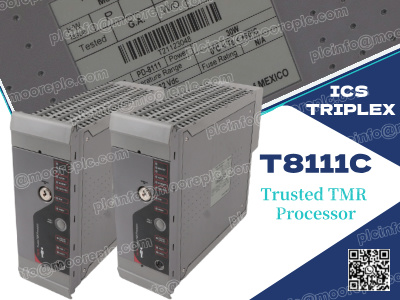
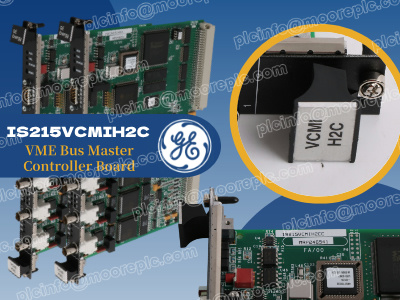
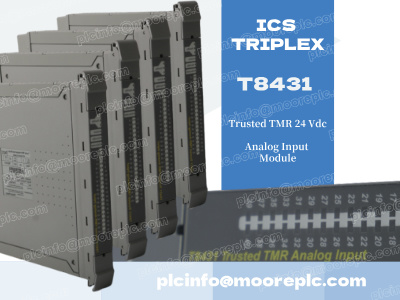
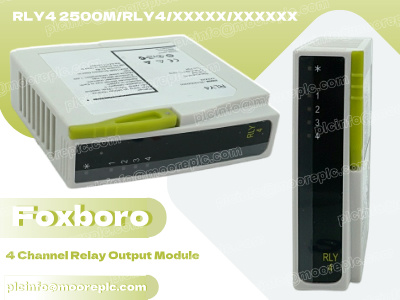
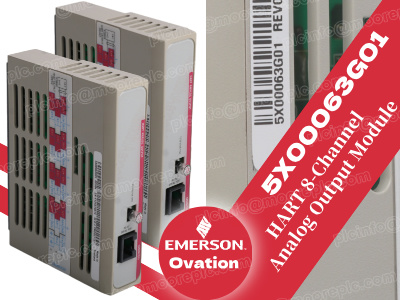
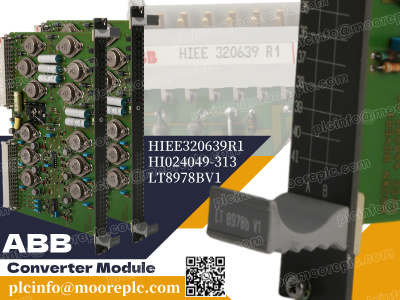
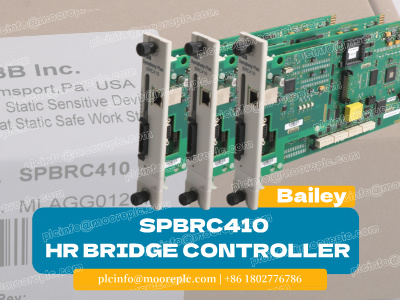
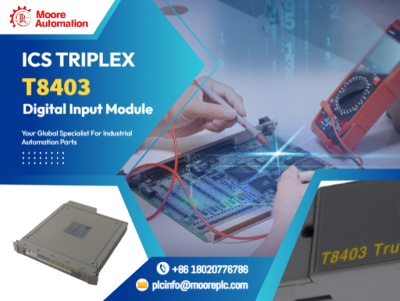

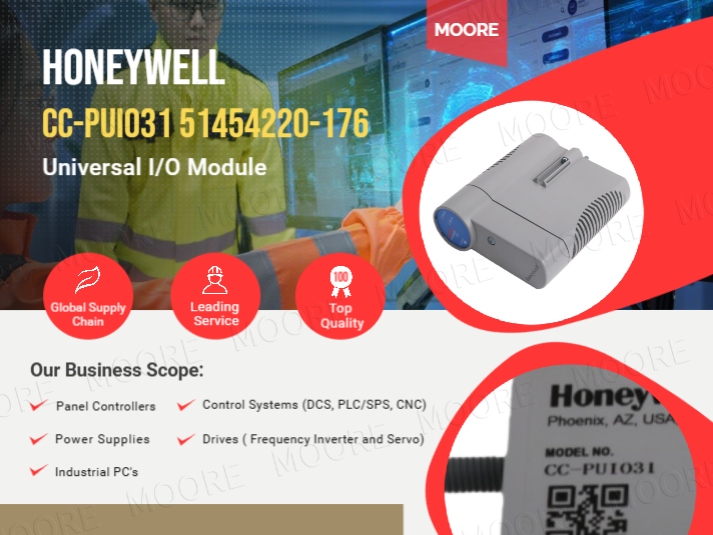
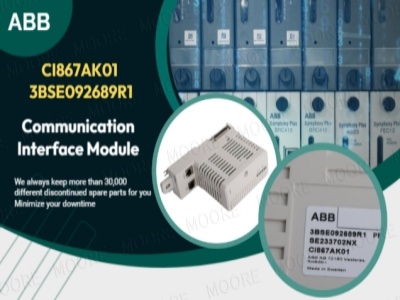












 IPv6 network supported
IPv6 network supported